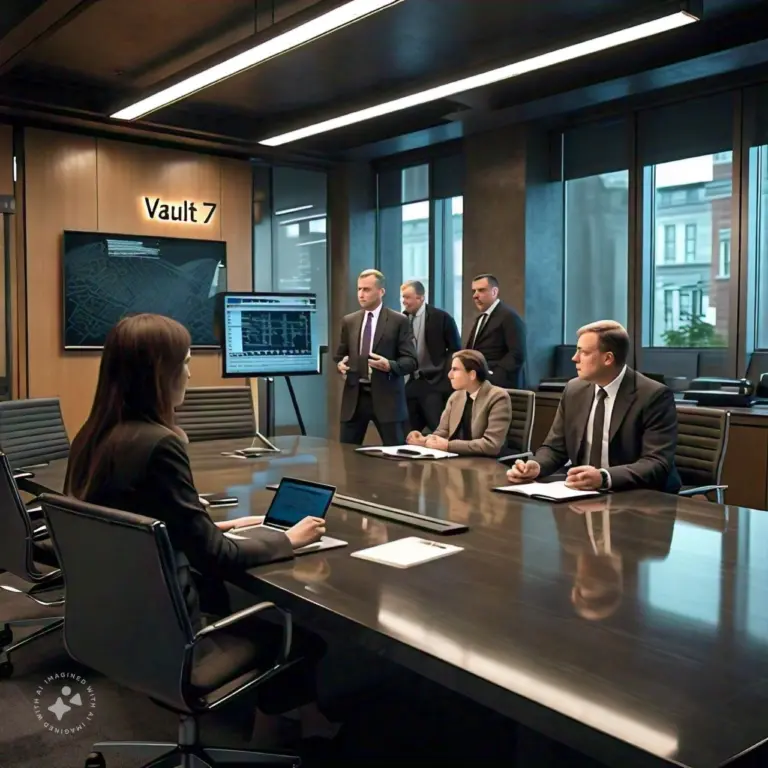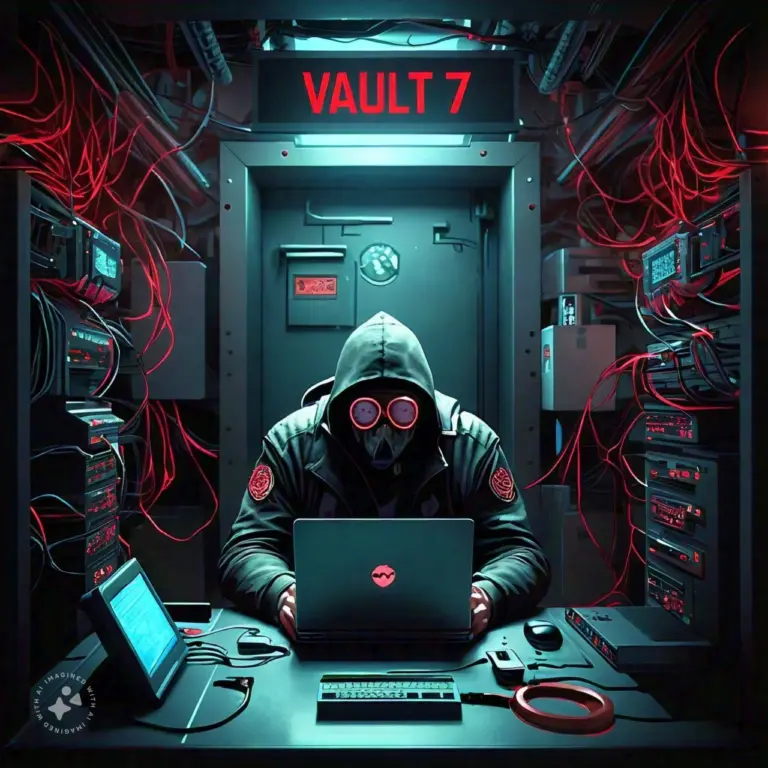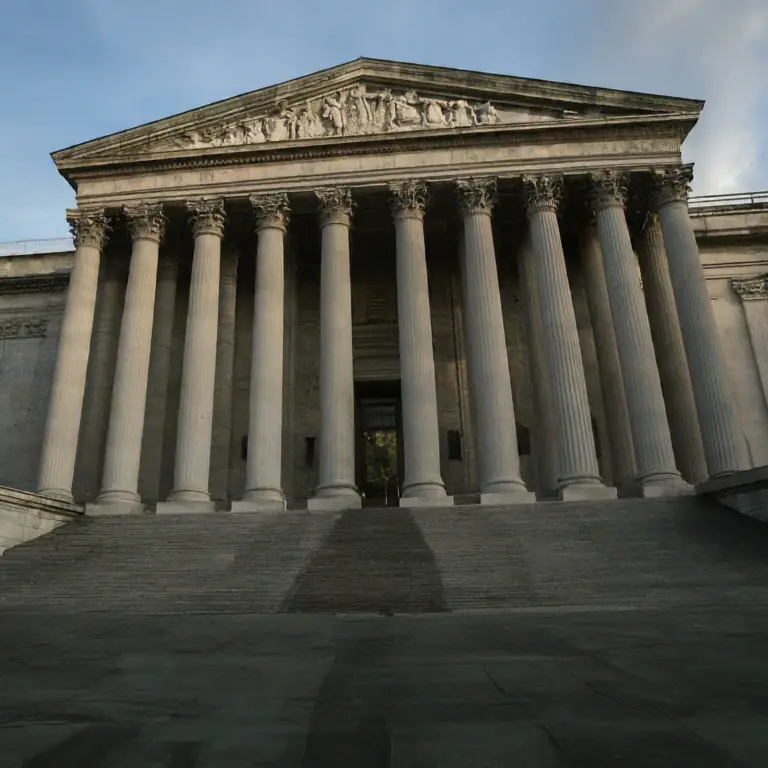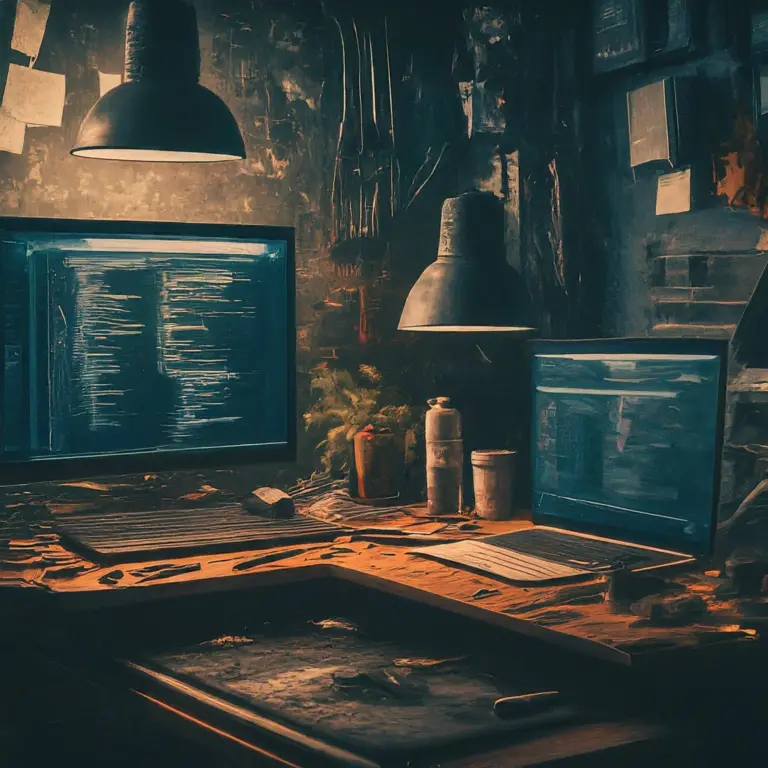Vault 7: Unveiling the CIA’s Hacking Arsenal

Vault 7 addresses one of the main holes of our computerized age. Delivered by WikiLeaks in 2017, this store of reports uncovered the CIA’s secretive hacking apparatuses and methods, uncovering the degree of their digital capacities and their effect on worldwide network protection.
What is Vault 7?

Vault 7 is an assortment of grouped CIA reports unveiled by WikiLeaks. These reports, spilled in mid 2017, give an extensive gander at the CIA’s digital tasks, remembering their techniques for taking advantage of weaknesses for different innovations. The releases definite the office’s hacking instruments, procedures, and coordinated efforts with other knowledge organizations.
Inside Vault 7: What the Breaks Uncovered

Hacking Gadgets and Exploits: The records highlight an enormous number of instruments used by the CIA to mull over, laptops, and splendid TVs. Models integrate significant level malware and exploits expected to avoid security endeavors.
Cell phone Exploits: The CIA’s instruments could invade both Android and iOS gadgets. They exhibited how the office caught messages from encoded applications, bypassing the encryption intended to get them.
Organization and Foundation Attacks: The releases portrayed strategies for penetrating organizations, including Wi-Fi assaults and man-in-the-center procedures, which permitted the CIA to capture and control correspondences.
Confusion and Attribution: Instruments like Marble were utilized to darken the beginning of cyberattacks, making it hard to follow the assaults back to the CIA. This included multilingual capacities to camouflage the wellspring of the assaults.
Joint efforts and Partnerships: The records uncovered the CIA’s coordinated efforts with other knowledge organizations, including the NSA and GCHQ, featuring a wide organization of digital insight sharing.
The Aftermath: Responses and Suggestions

The Vault 7 holes had significant ramifications. They raised critical security concerns, impacted worldwide relations, and set off banters about protection and government observation. The tech business and public responded with caution, prompting a reexamination of safety practices and strategies.
What Occurred Straightaway? The Result of Vault 7

Following the breaks, WikiLeaks kept on assuming a part in the public talk encompassing network protection and government observation. Joshua Schulte, a previous CIA worker, confronted legitimate activities connected with the breaks, igniting progressing conversations about lawful and moral issues in the domain of knowledge and network safety.
End: The Tradition of Vault 7

Vault 7 lastingly affects the universe of network protection and insight activities. It uncovered the broad capacities of current insight organizations and incited a worldwide discussion about the harmony among security and protection.
References
WikiLeaks Vault 7 Page: https://wikileaks.org/ciav7p1/index.html
Articles from The New York Time: https://www.nytimes.com/2017/03/07/world/europe/wikileaks-cia-hacking.html
The Guardian: https://www.theguardian.com/innovation/2017/deface/07/wikileaks-cia-documents hacking-observation
Tags: CIA Hacking, Cyber Espionage, Cyber Warfare, cybersecurity, Data Leaks, Digital Privacy, Encryption, Government Surveillance, Hacking Tools, Intelligence Agencies, Internet Privacy, Joshua Schulte, National Security, Network Security, Smartphone Exploits, Vault 7, Weeping Angel, WikiLeaks, WikiLeaks Disclosures, Zero-Day Exploits

Comments on 'Vault 7: Unveiling the CIA’s Hacking Arsenal' (0)
Comments Feed